This past April my wife and I and my sister and her husband traveled to Arizona for birding. I have just recently finished processing those photos. It’s always a chore processing photos from other areas as I am not as familiar with some of the birds, so I must spend additional time examining my photos and doing additional research to attempt to accurately identify species with which I’m not intimately familiar. So you might find some hedging in a few of my identifications. I’m going to go through photos in chronological (date) order so there may be some instances of the same species being featured in more than one post.
For the first several days we stayed at a B&B up Madera Canyon, (located outside of Green Valley, a city name not at all congruous with the habitat/ecology of the area), a birding area that attracts birders from around the world. We had a very private setting on the side of a small creek and we divided our time between birding at the B&B and driving down into the desert, a drastically different habitat. These first two birds were photographed outside the canyon in a desert environment.
This first bird is one of the most eye-catching birds of the southwest United States… a male Vermillion flycatcher.
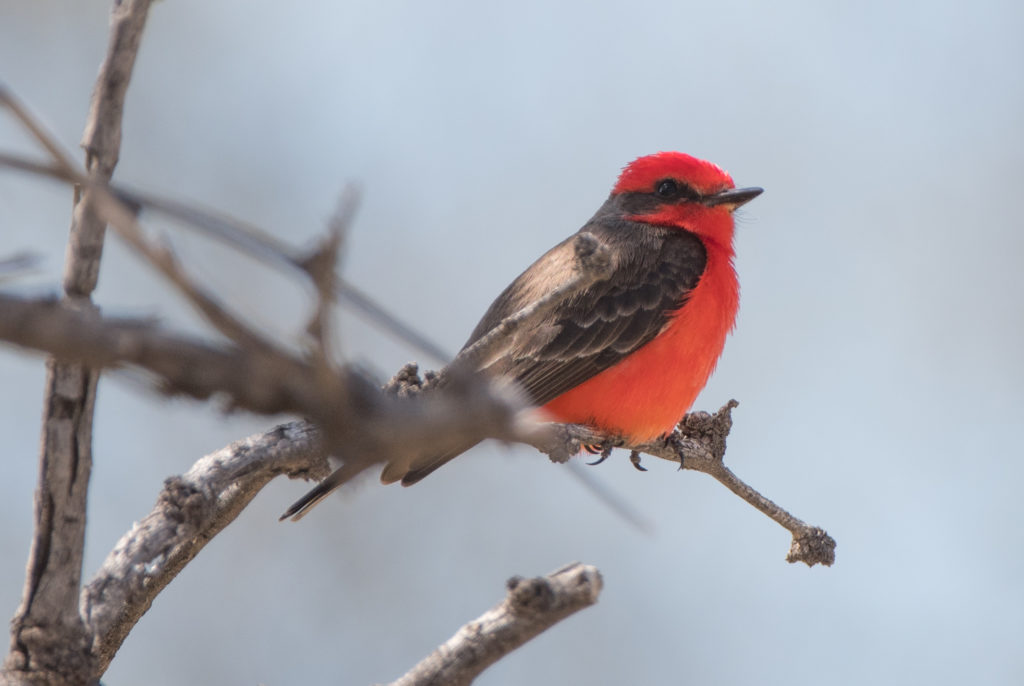
This is what I hope is a Cassin’s kingbird, which can be (in my opinion) rather easily confused with some of the other kingbirds. The bird is a flycatcher and exhibits typical flycatcher behavior, flying from a perch to nab insects in the air or on the ground.
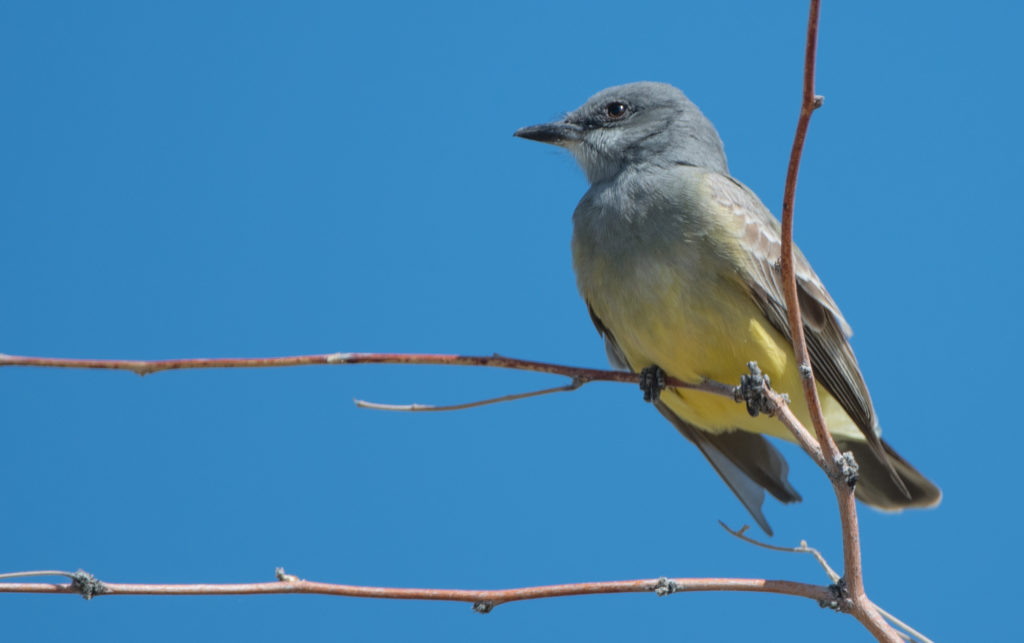
The B&B where we stayed had several blooming trees growing from the wet area near the creek and the trees and water attracted a large number of hummingbirds. I find the females almost impossible to identify and some of the males aren’t much easier. I believe that this is a male Broad-billed hummingbird.
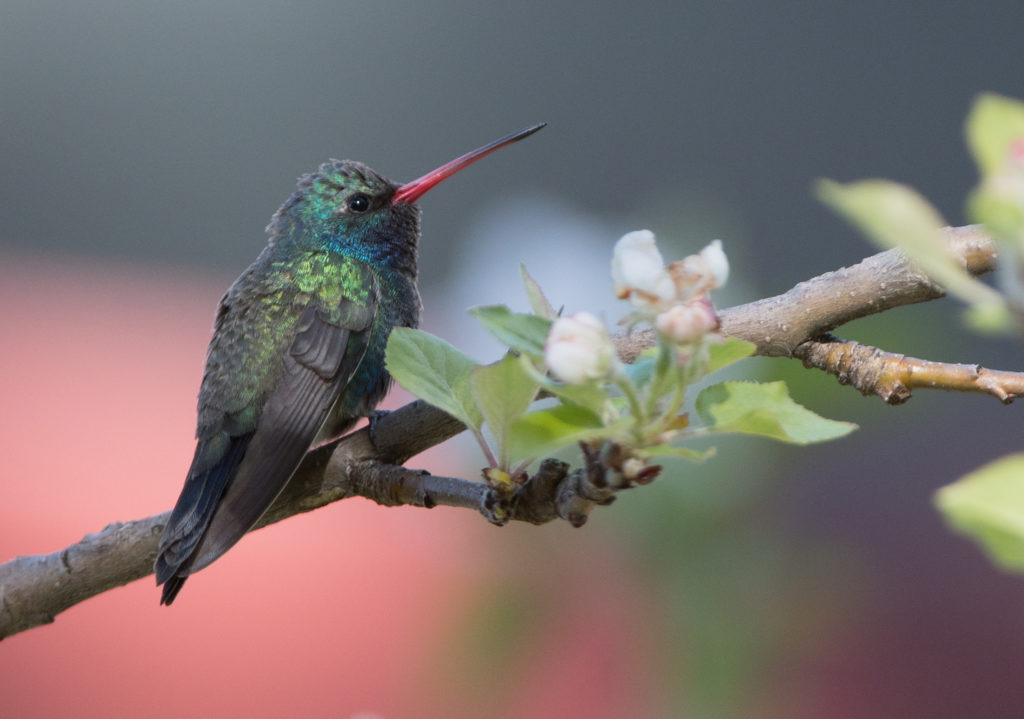
This is another interesting bird photographed in the Canyon area… a male Painted redstart. (Let the record show that a year or two ago I photographed an American redstart in our yard on Cap Sante!) There are two species of birds with the name ‘redstart’; both are warblers but they look nothing alike.
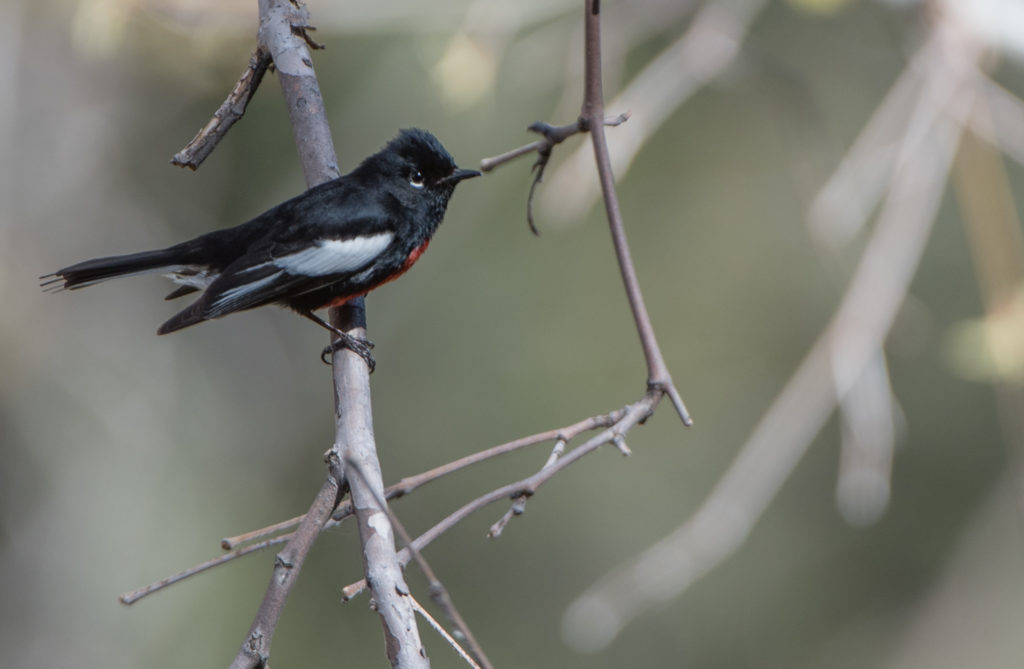
Moving on to a different day, but remaining in the canyon, this is a White-nosed coati (not a bird!) that wandered across the creek.
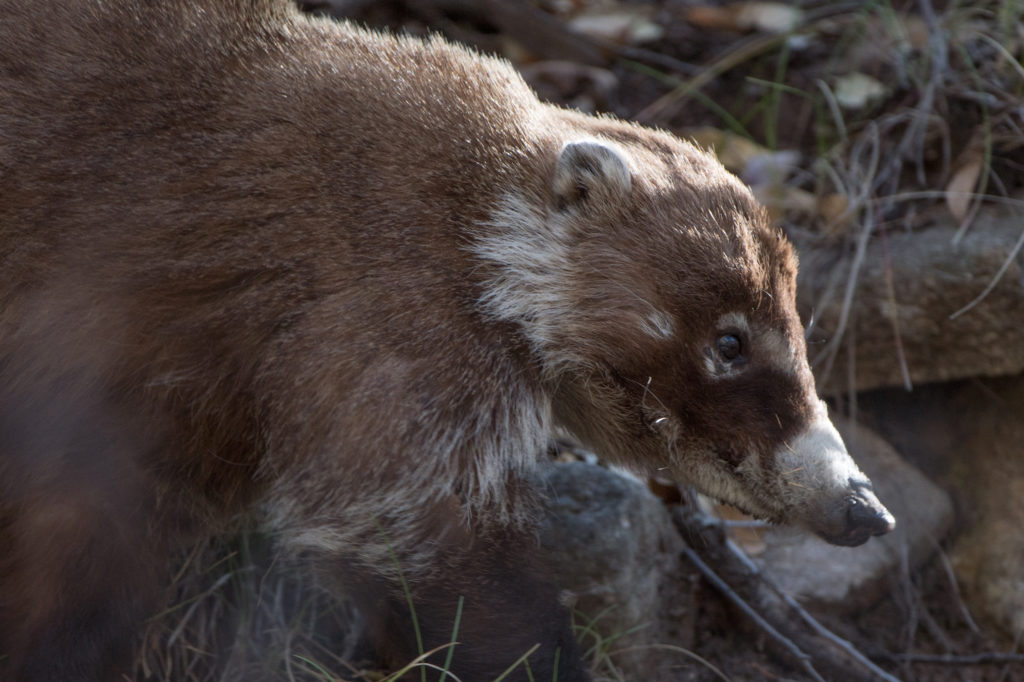
This male Magnificent hummingbird was a common visitor to the blooming trees in the canyon area.
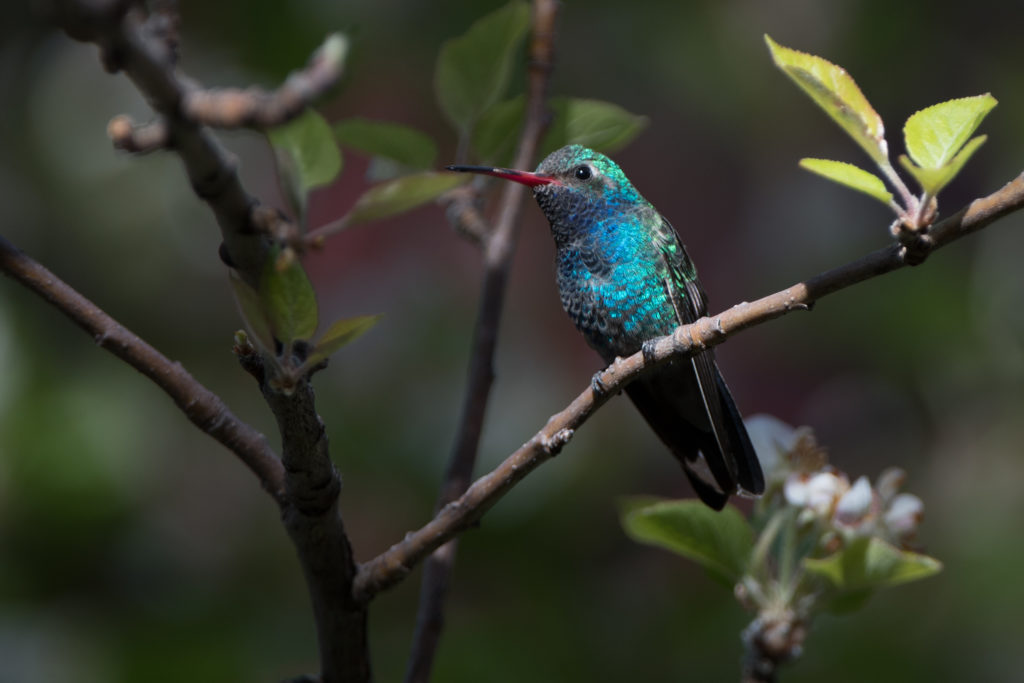
I hope that this is a Mexican jay… which was attracted to the seed feeders at the B&B. This bird can be confused with the more widespread Western Scrub Jay.
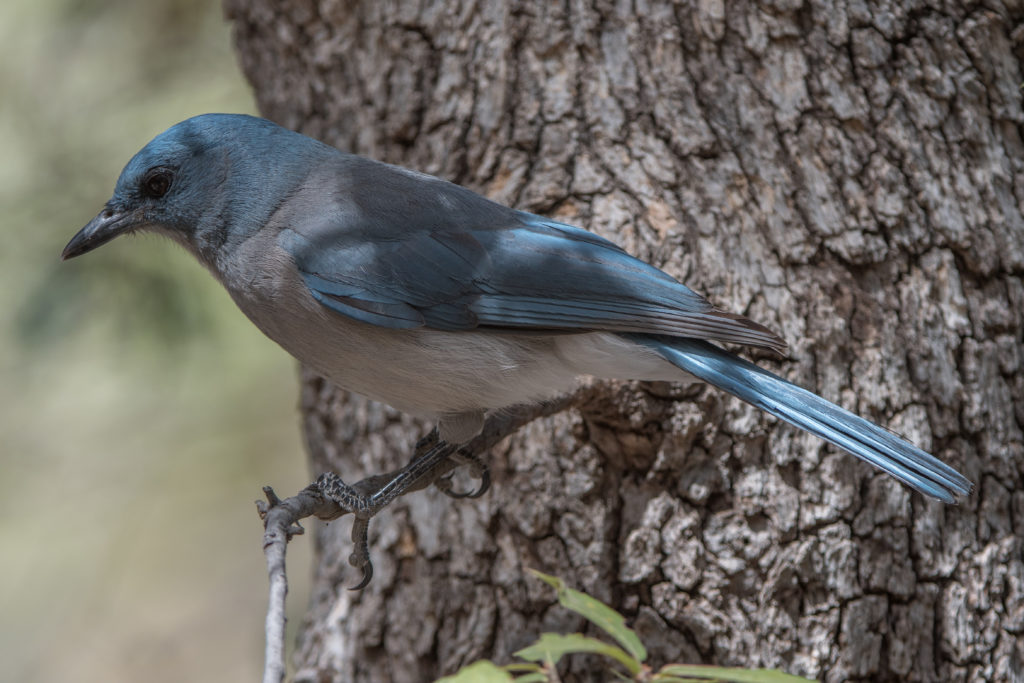
There are several different ‘races’ of Dark-eyed juncos. The Oregon race is the most prevalent in Western Washington. For the last 11-12 years we’ve had a male Slate-colored (Dark-eyed) junco in our yard in the winters, but it’s way overdue and probably won’t arrive this year. This is a Yellow-eyed junco, a separate species from the Dark-eyed junco. It’s a mystery to me how the bird could have acquired its name!
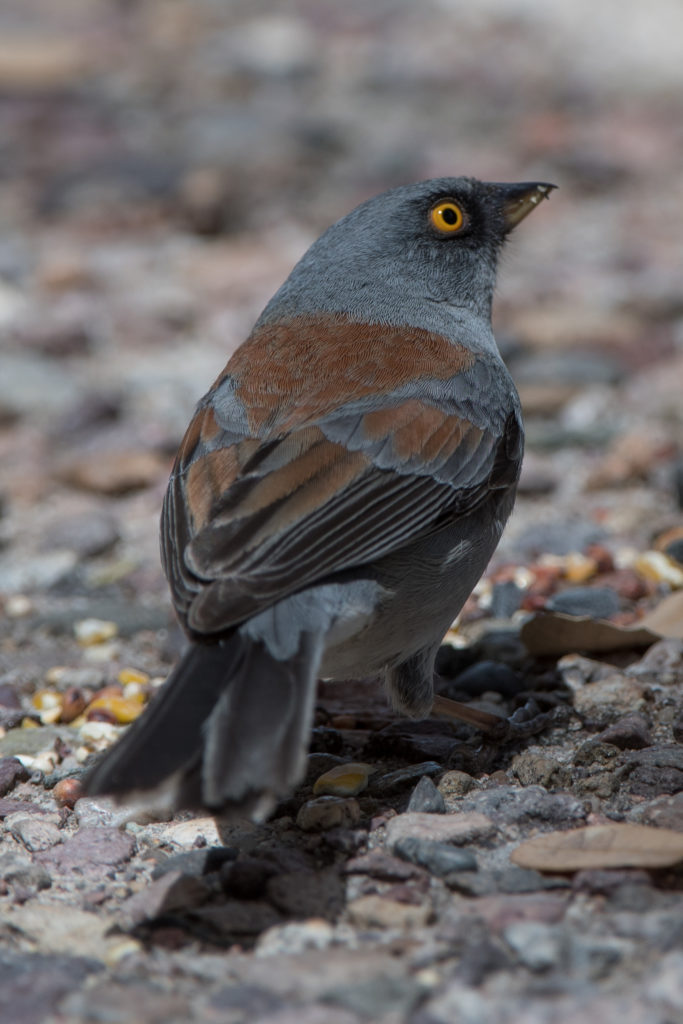
This White-Breasted nuthatch was attracted to a man-made seepage down a rock face at the B&B. This is a bird that we often see in eastern Washington, ie, east of the Cascades.
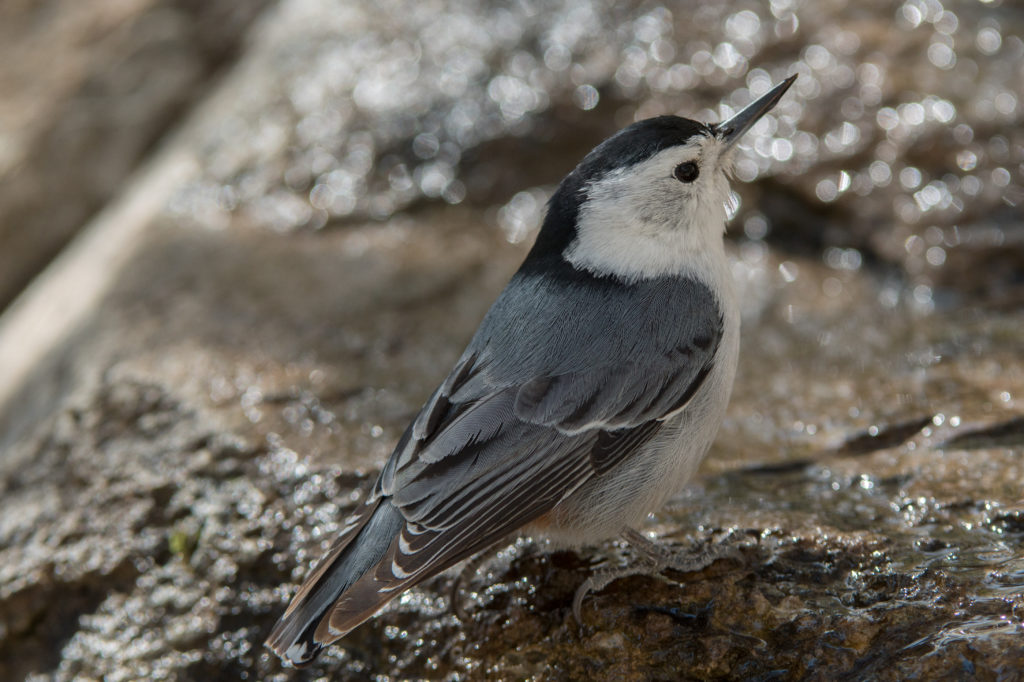
This has to be my favorite woodpecker… an Acorn woodpecker. The eye gives it such an adorable expression… one of surprise and a “Who, me?” expression. Both of these photos are of females. These woodpeckers are fond of gathering acorns and stashing them in any holes they can find. In past years they were dropping acorns in holes they had drilled in exterior cabin walls… with no hope of ever recovering their acorns!
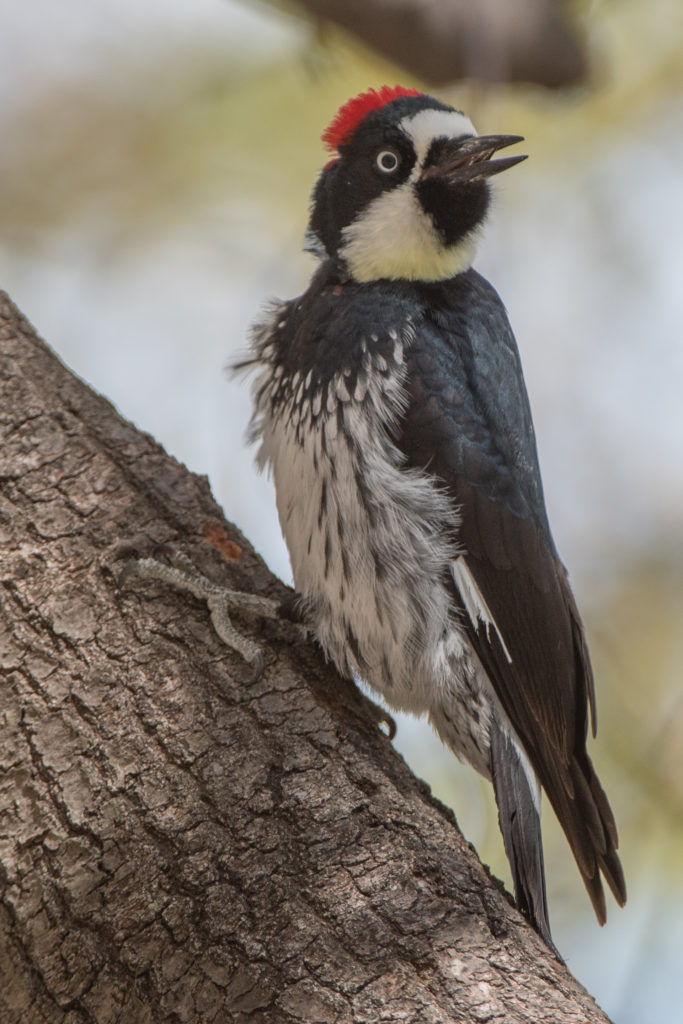
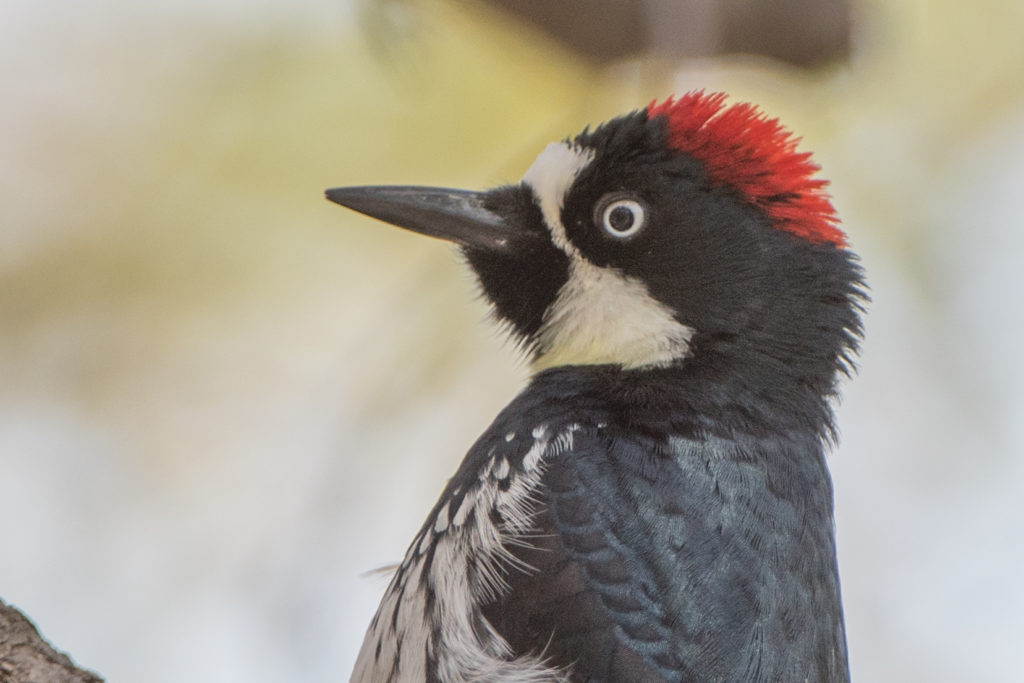
This next bird, also in the woodpecker family, is a female Arizona woodpecker. This used to be known as the Strickland’s woodpecker but that species was split and the Strickland’s woodpecker is now a portion of the population that resides in Mexico. (Such actions give me thought that in some number of years many of the labels on my photos will be nearly worthless!)
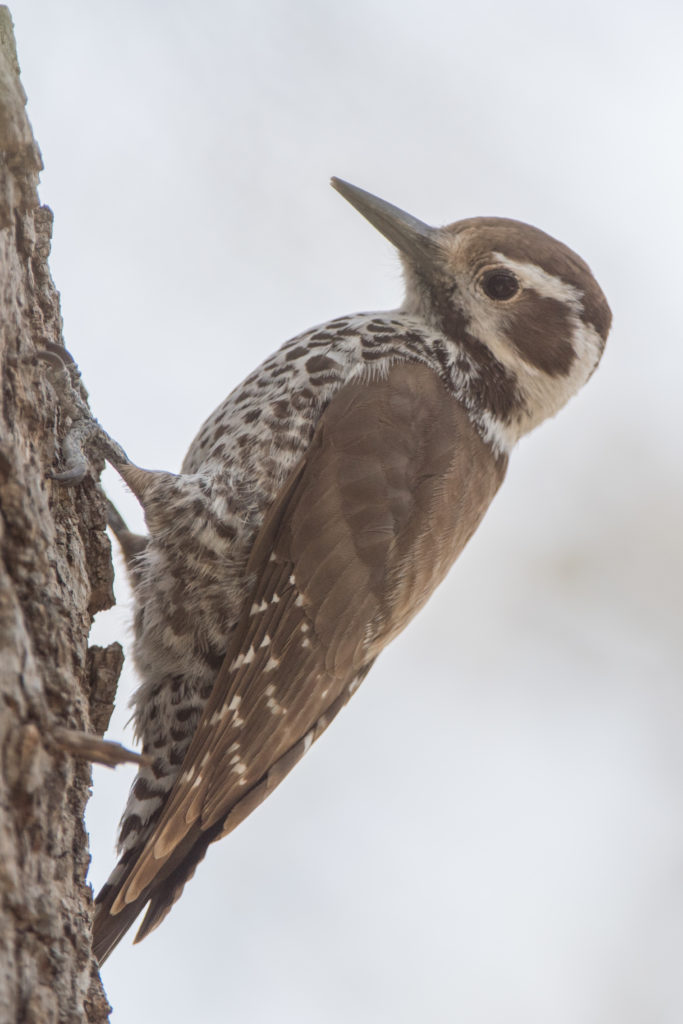
Finally (you’ll remember there is always a ‘finally!), a Black-throated sparrow, not to be confused (in name only) with the Black-chinned sparrow. This is a distinctive sparrow found in deserts/dry areas of the southwest, always a welcome addition to my portfolio.
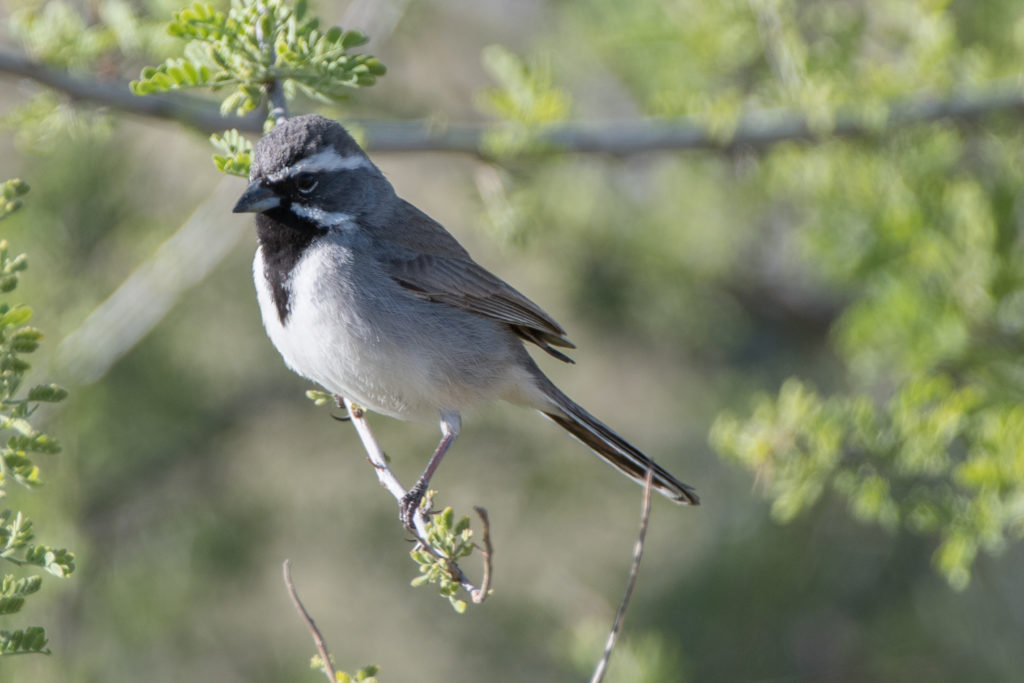
The photos in this post represent the fist two days of Arizona birding photography, but there were several more days of birding and another location (Tucson). Barring something really unusual showing up at the house or in the neighborhood, I’ll continue with more Arizona birds in my next post.
